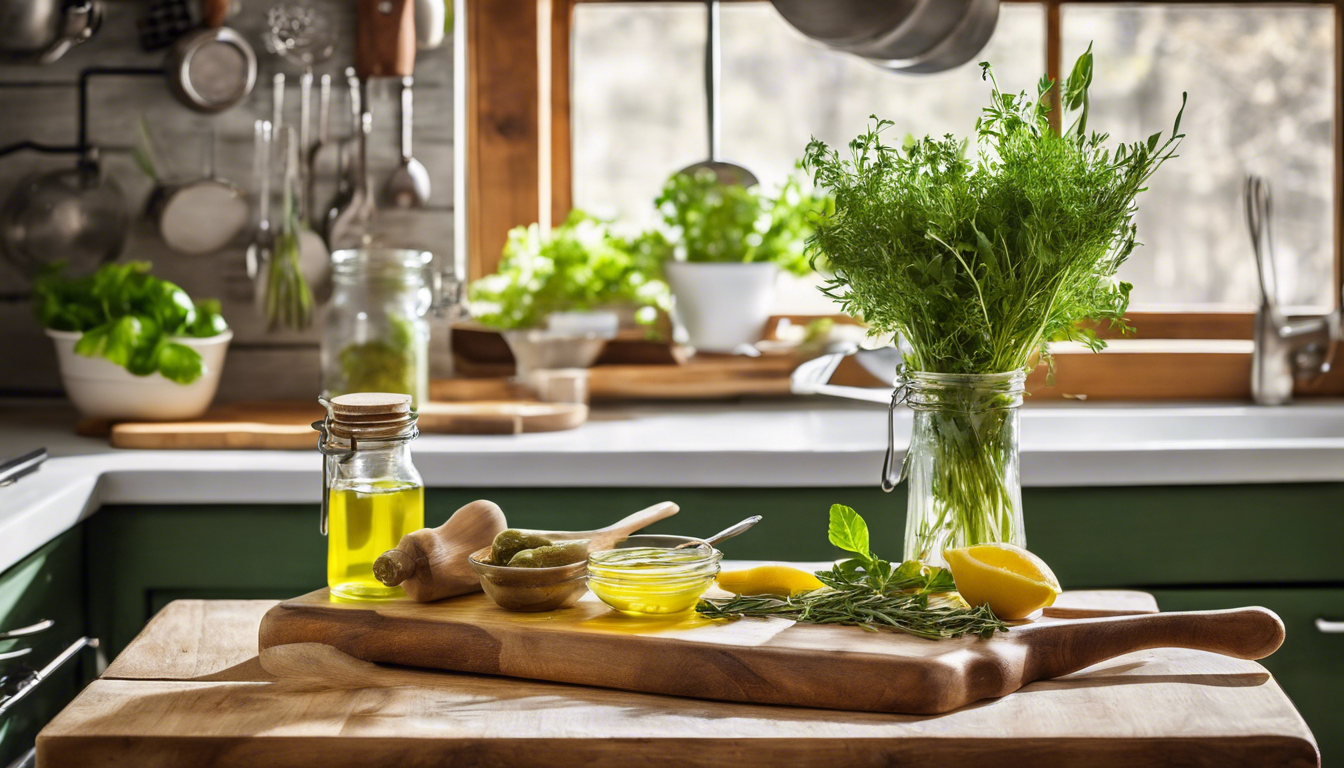Are you tired of store-bought dressings loaded with preservatives and artificial ingredients?
If so, you’re not alone!
Many home chefs are rediscovering the art of crafting their own condiments, and French dressing is no exception.
This article takes you on a delightful journey through the evolution of French dressing, exploring its history and transformation into the sweeter, orange-hued variation that graces American salads today.
Inspired by family recipes and the quest for a healthier lifestyle, we’ll guide you through creating a homemade French dressing that’s not only delicious but also free from processed sugars and unhealthy oils.
Say goodbye to unwanted additives and hello to fresh, wholesome flavor!
Key Takeaways
- Homemade French dressing offers a healthier alternative to store-bought versions that often contain processed ingredients.
- Key ingredients for the homemade dressing include white wine vinegar, tomato paste, and honey, avoiding processed sugars and oils.
- This recipe encourages families to enjoy a fresher, wholesome dressing ideal for dipping vegetables.
The Evolution of French Dressing: From Classic Vinaigrette to Modern Variations
French dressing has undergone a fascinating transformation over the years, evolving from the classic vinaigrette cherished in culinary traditions to the sweeter, vibrant orange versions that have captured the palate of America.
This evolution mirrors changing tastes and dietary preferences, leading many to seek healthier alternatives.
In my own journey to create a homemade French dressing, I was inspired by conversations with friends and family who fondly reminisced about their favorite versions of the dressing.
Traditionally, a bona fide French vinaigrette is simple, typically made from quality olive oil and vinegar, often jazzed up with herbs and spices.
However, the Americanized version is often a juxtaposition of this simplicity, featuring ingredients like paprika and even ketchup, producing a sweet and tangy flavor profile that appeals to a broad audience.
The FDA’s regulations on this dressing also reflect its complexity, particularly changes made after mineral oil was introduced as a substitute for olive oil, raising digestibility concerns.
In creating my homemade rendition, I focused on using wholesome ingredients that steer clear of processed sugars and industrial vegetable oils.
The key components include white wine vinegar (with red wine vinegar or apple cider vinegar as adaptable alternatives), tomato paste to contribute the desired color and a hint of flavor, and a touch of honey to add sweetness and help emulsify the dressing.
Not only does this dressing evoke nostalgia, but it’s also a healthier choice for families, perfect for drizzling over salads or as a delightful dip for crunchy vegetables.
I encourage readers to experiment with this simple recipe, embracing a modern take on a classic dressing that serves to unite taste and health.
Creating a Healthier Homemade French Dressing: Key Ingredients and Recipe
To make a healthier homemade French dressing, you need to understand the balance between flavor, texture, and nutritional value.
Start by combining a cup of white wine vinegar with two tablespoons of tomato paste to achieve that signature orange hue and a subtly rich flavor.
Adding a tablespoon of honey will not only sweeten the dressing but also enhance the emulsification process—allowing your ingredients to blend seamlessly.
Additionally, whisk in a teaspoon of Dijon mustard for a slight tang, and a pinch of salt and pepper to taste.
If you’re craving a bit of spice, consider adding a dash of paprika, which not only complements the sweetness but also contributes that classic warm color.
Blend all these ingredients until you reach a smooth consistency, adjusting the seasoning as necessary.
This simple, wholesome recipe captures the essence of what French dressing can be—without unnecessary additives, making it perfect for pouring over salads, drizzling on grilled vegetables, or serving as a dip for fresh crudités.




